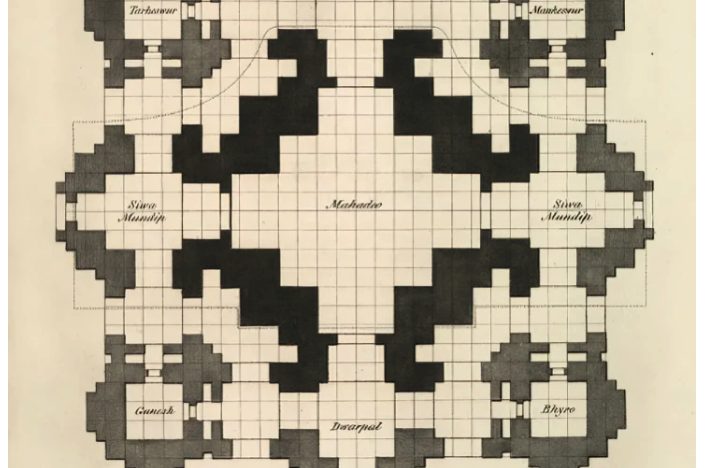NEW DELHI, INDIA, February 7, 2024 (India Today): At a walking distance from Kolkata’s Eden Gardens is the Prinsep Ghat on the banks of the Hooghly. One gets a close view of the Vidyasagar Setu and can take a boat ride on the River Hooghly from Prinsep Ghat. The ghat is named after James Prinsep, a British numismatist and archaeologist, who made significant contributions to India’s historiography. He came to India when he was 28 and was the youngest fellow of the British Asiatic Society. It was Prinsep who deciphered the Brahmi and Kharosthi scripts and helped the world know about emperor Ashoka’s reign. It was he who established that king Devanampriya Piyadasi, who is mentioned in several inscriptions from Sri Lanka to Afghanistan, was none other than emperor Ashoka. The ghat in Kolkata was named after Prinsep as a way to recognize his contributions after he passed away in London in 1840 at the young age of 41.
James Prinsep first served in Calcutta (now Kolkata) and then in Benaras (now Varanasi) for 10 years. Prinsep’s stay in Varanasi (from 1820 to 1830) is what is of interest and importance against the backdrop of what is unfolding now. Prinsep built Varanasi’s underground sewage system, which is still operational, restored the Alamgir Mosque, built by Mughal emperor Aurangzeb in 1669, and drew the city’s maps. The British scholar drew a lithographic map of the old Kashi Vishwanath temple, and showed how Aurangzeb’s Gyanvapi mosque stood on it (drawing above). He also brought out a book, Benares Illustrated, A Series of Drawings, in 1831. That book and the map will be used as part of evidence by the Hindu side in the legal battle for the Gyanvapi complex.
Much more at source.
https://www.indiatoday.in/india/story/gyanvapi-mandir-masjid-mosque-case-james-prinsep-varanasi-benares-illustrated-aurangzeb-kashi-vishwanath-2498276-2024-02-07
Prinsep’s book is available here:
https://www.abebooks.com//servlet/SearchResults?tn=Benares+Illustrated,+in+a+Series+of+Drawings
A daily summary of world news for Hindus and non-Hindus alike

